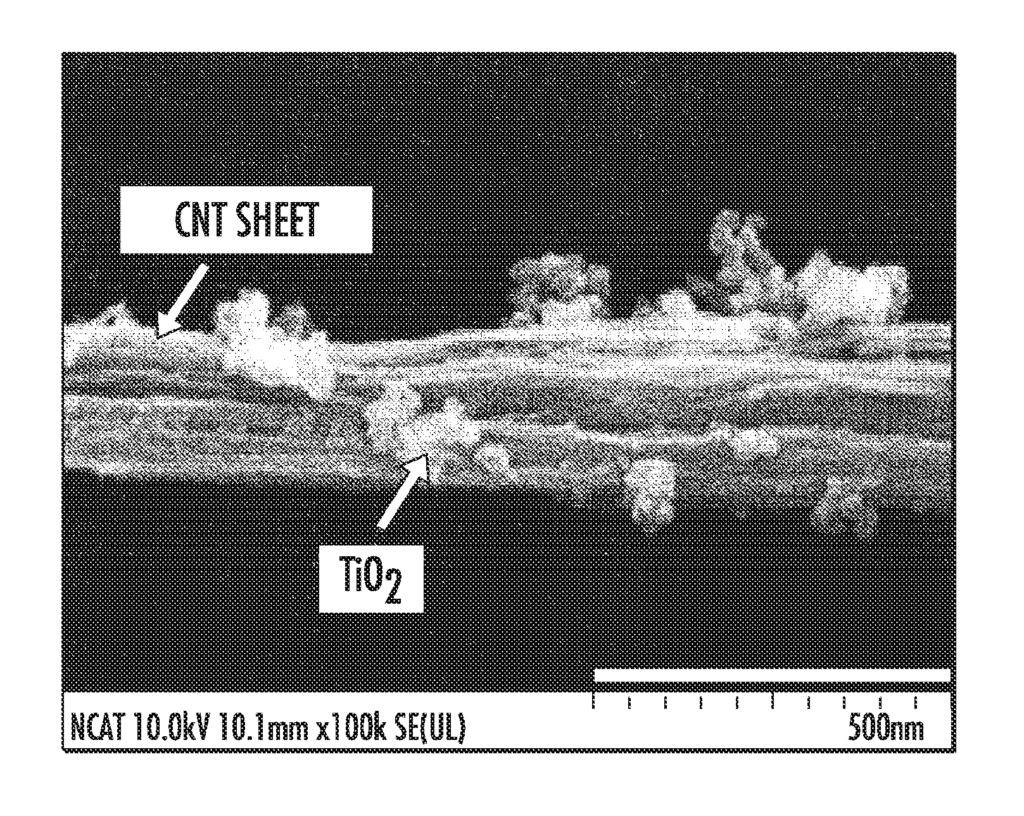Empowering Innovation with CNT Metal Substrates
Introduction
Carbon nanotubes (CNTs) have long been heralded for their exceptional strength, conductivity, and versatility in various industries. However, integrating these materials with transition metals opens up an entirely new dimension of potential. Our patented CNT metal substrates offer a transformative approach to materials science, empowering industries to develop higher-performance electronics, more efficient energy storage solutions, and stronger, more conductive materials for diverse applications.
Challenges in High-Performance Materials
In industries that rely on high-performance materials—such as electronics, energy storage, and advanced manufacturing—balancing conductivity, strength, and scalability can be a constant challenge. Traditional materials often fall short in delivering the combined properties needed for next-generation devices and technologies. Moreover, integrating conductive materials like metals with CNTs in a consistent, reliable way has been difficult to achieve, limiting the potential applications of these remarkable materials.
For industries to stay ahead, they need a solution that offers both the advantages of CNTs—lightweight, high strength, excellent electrical properties—and the complementary benefits of transition metals to improve overall performance.
Why Choose CNT Metal Substrates?
Our CNT metal substrate innovation combines the unparalleled properties of carbon nanotube sheets with the enhanced performance of transition metals. This technology results in a material that is lightweight yet incredibly strong, with superior conductivity, making it ideal for a range of applications. From advanced electronics to energy storage, this substrate provides a versatile platform for industries looking to innovate and stay competitive.
The integration of transition metals onto CNT substrates enhances electrical conductivity, making it perfect for use in components like transistors, capacitors, or battery electrodes. These materials also offer enhanced mechanical strength, making them ideal for applications where durability is critical. Whether developing lightweight aerospace components, high-efficiency energy storage solutions, or next-gen electronic devices, this technology provides the building blocks for progress.
Key Benefits
- Superior Conductivity: Combines the electrical properties of CNTs with enhanced conductivity from transition metals.
- High Strength, Low Weight: Offers exceptional strength while remaining lightweight, ideal for advanced manufacturing.
- Versatile Applications: Suitable for electronics, energy storage, aerospace, and more.
- Innovative Materials Science: Provides a transformative platform for developing new, high-performance materials.
Unlock the Future with CNT Metal Substrates
Licensing this CNT metal substrate technology gives companies the edge in creating high-performance materials for a range of industries. From cutting-edge electronics to energy-efficient storage solutions, this innovation is the key to unlocking new possibilities in nanotechnology, materials science, and beyond.

- Abstract
- Claims
What is claimed:
14. A method of preparing a CNT sheet or CNT sheet substrate derivatized with one or more transition metal centers, wherein said CNT sheet comprises an array of CNT aligned after synthesis of the CNT and wherein said CNT sheet substrate comprises at least two CNT sheet layers, the method comprising:
20. A method for fabricating of a CNT sheet substrate, the method comprising:
22. The method of claim 20, wherein
Share
Title
CNT sheet substrates and transition metals deposited on same
Inventor(s)
Yeoheung Yun, Youngmi Koo, Jagannathan Sankar
Assignee(s)
North Carolina A&T State University
Patent #
10505201
Patent Date
December 10, 2019
